
Browse an alphabetical list of articles about the Holocaust and World War II. Learn more about topics such as the Nazi rise to power, how and why the Holocaust happened, life in Nazi camps and ghettos, and the postwar trials.
<< Previous | Displaying results 451-489 of 1105 for "Article" | Next >>
Learn about the subcamps of the SS-established Herzogenbusch concentration camp in the Netherlands, including Amersfoort, Arnheim, Eindhoven, and others.
Key dates in the life of Reinhard Heydrich, chief of the Reich Security Main Office, the SS and police agency most directly concerned with implementing Final Solution.
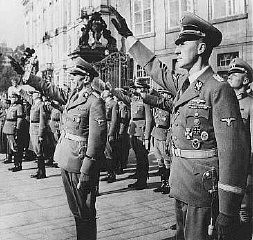
Since its founding, the Hebrew Immigrant Aid Society (HIAS) relief organization has assisted refugees fleeing persecution. Learn about its work during WWII and the Holocaust.
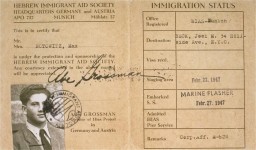
Some Jewish children survived the Holocaust by hiding or living under disguised identities. Learn more about their experiences while in hiding.
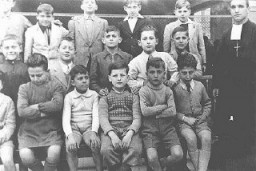
Jewish children in hiding during the Holocaust created writing, art, diaries, and more. Read about the surviving documentation of their experiences.
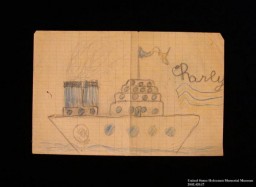
Parents, children, and rescuers faced daunting challenges once the decision was made for a child to go into hiding during the Holocaust.
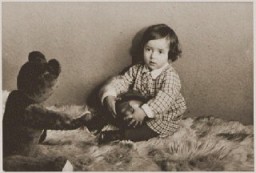
After the Holocaust, many Jewish parents spent months or years searching for the children they had sent into hiding. Learn about the search for surviving relatives.
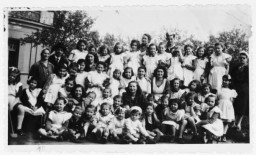
One of the oldest cities in Poland, Kalisz played a pivotal role in Polish Jewish history. Learn about the Jewish Community in Kalisz from the 12th Century to WWI.
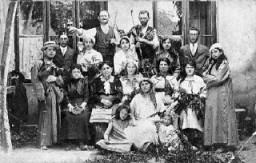
The United States Holocaust Memorial Museum opened in April 1993. Explore the history of the nation's memorial to the millions murdered during the Holocaust.
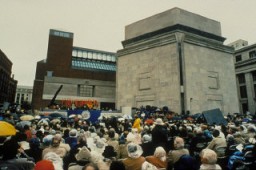
Hitler rose to power during a time of economic and political instability in Germany. Learn more about how and when Hitler came to power.
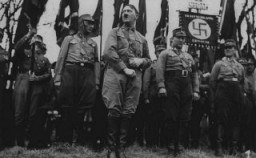
The Hitler Youth and the League of German Girls were developed as Nazi Party youth groups to indoctrinate children and youth in Nazi ideology and policy.
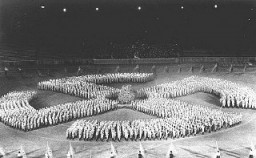
Brief overview of the charges against Hjalmar Schacht during the International Military Tribunal at Nuremberg, and denazification court proceedings.
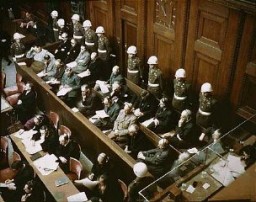
In March 1942, the Hodonin camp was classified as a camp for Roma. It was a transfer station during deportation to Auschwitz-Birkenau. Learn about the camp and its history.
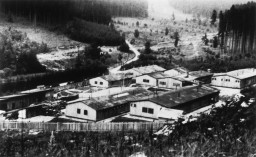
Read a detailed timeline of the Holocaust and World War II. Learn about key dates and events from 1933-45 as Nazi antisemitic policies became more radical.
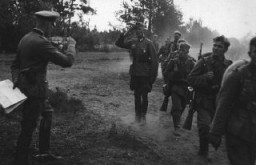
Browse a timeline listing some key events in the evolution of Holocaust denial and the distortion of the facts of the Holocaust.
Learn more about Holocaust deniers, public misinformation, and antisemitism.
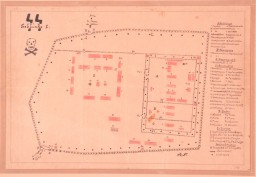
Learn more about the establishment of the state of Israel after World War II and its significance to Holocaust survivors.
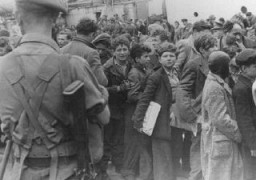
Behind the number of victims of the Holocaust and Nazi persecution are people whose hopes and dreams were destroyed. Learn about the toll of Nazi policies.
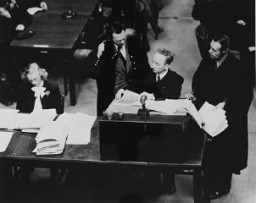
Historical events should be analyzed in their appropriate historical context. Learn how to assess the identify the quality, reliability, and integrity of a source.
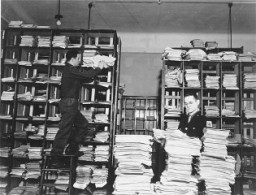
Today, a body of international criminal law exists to prosecute perpetrators of mass atrocities. Learn about principles and precedents from the Nuremberg Charter and the IMT.
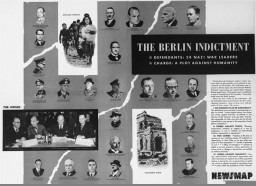
Irmgard Huber was head nurse of the facility at Hadamar, one of 6 major "euthanasia" killing centers in Nazi Germany. Learn more about her role.
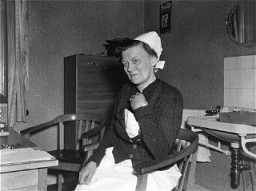
The Nazis invaded Hungary in 1944 to prevent the government from negotiating an armistice with the Allies. Learn more about conditions in occupied Hungary.
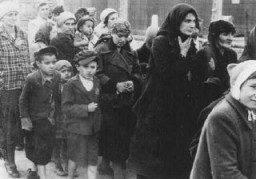
Towards the end of 1940, Hungary joined the Axis powers and invaded Yugoslavia and the Soviet Union. Learn more about Hungary before the German occupation.
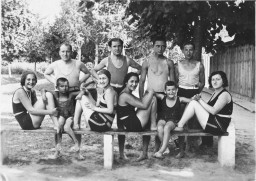
In months of fighting with heavy losses, the US Army attempted to pierce the heavily fortified Hürtgen Forest section of Germany's border defenses. Learn more about the campaign.
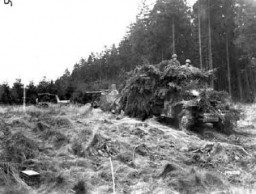
The Nazi book burnings of 1933 sparked responses from anti-Fascist organizations, Jewish groups, and writers in the United States. Learn more.
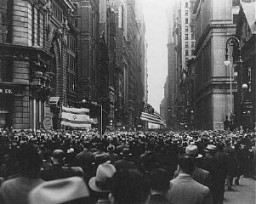
More than one thousand unaccompanied refugee children fleeing Nazi persecution arrived in the United States between 1933 and 1945. Learn more
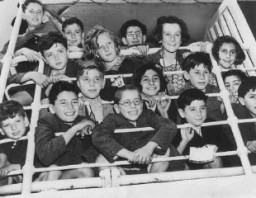
Potential immigrants to the US from Nazi-occupied territory faced many obstacles, including restrictive quotas and complicated requirements for obtaining visas.
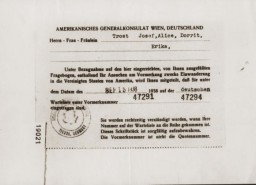
Nicholas Winton organized a rescue operation that brought hundreds of children, mostly Jewish, to safety in Great Britain before WWII. Listen to his accounts.
After the Holocaust, the IMT charged the first case of “incitement to genocide.” Learn more about the crime and its application in modern genocide law.
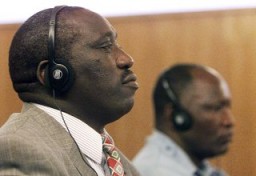
The Nazi Party targeted German youth as a special audience for its propaganda messages. Read more about the indoctrination of youth.
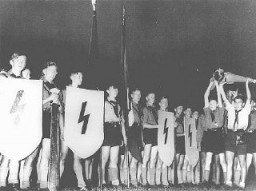
January 27, anniversary of the liberation of Auschwitz, is designated by the United Nations General Assembly as International Holocaust Remembrance Day (IHRD).
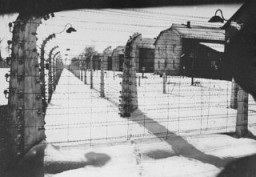
The International League Against Anti-Semitism in North Africa (LICA) was created in 1929 as a Jewish-Muslim partnership to combat racism and antisemitism.
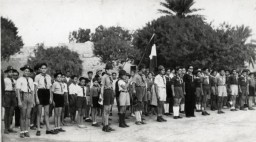
The International Military Tribunal (IMT) opened in Nuremberg within months of Germany’s surrender. Learn about the judges, defendants, charges, and legacies.
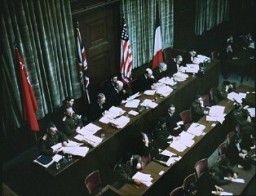
Listing of the 24 leading Nazi officials indicted at the International Military Tribunal at Nuremberg. Learn about the defendants and the charges against them.
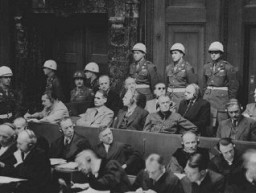
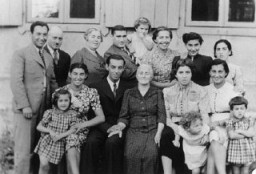
Explore an outline of the main definitional elements of the crime of genocide and how significant aspects of the law have developed through recent cases.
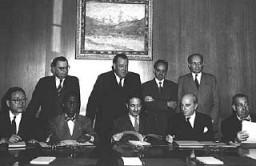
Learn about the Holocaust, the systematic, state-sponsored persecution and murder of six million Jews by the Nazi regime and its collaborators.
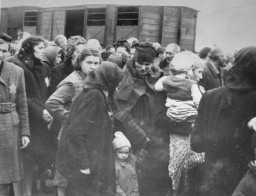
The German invasion of Poland in the fall of 1939 triggered WWII. Learn more about key dates and events, causes, and related Holocaust history.
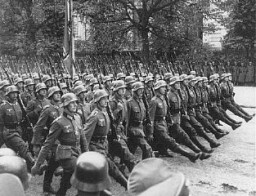
On June 22, 1941, Nazi Germany invaded the Soviet Union. The surprise attack marked a turning point in the history of World War II and the Holocaust.

We would like to thank Crown Family Philanthropies, Abe and Ida Cooper Foundation, the Claims Conference, EVZ, and BMF for supporting the ongoing work to create content and resources for the Holocaust Encyclopedia. View the list of donor acknowledgement.